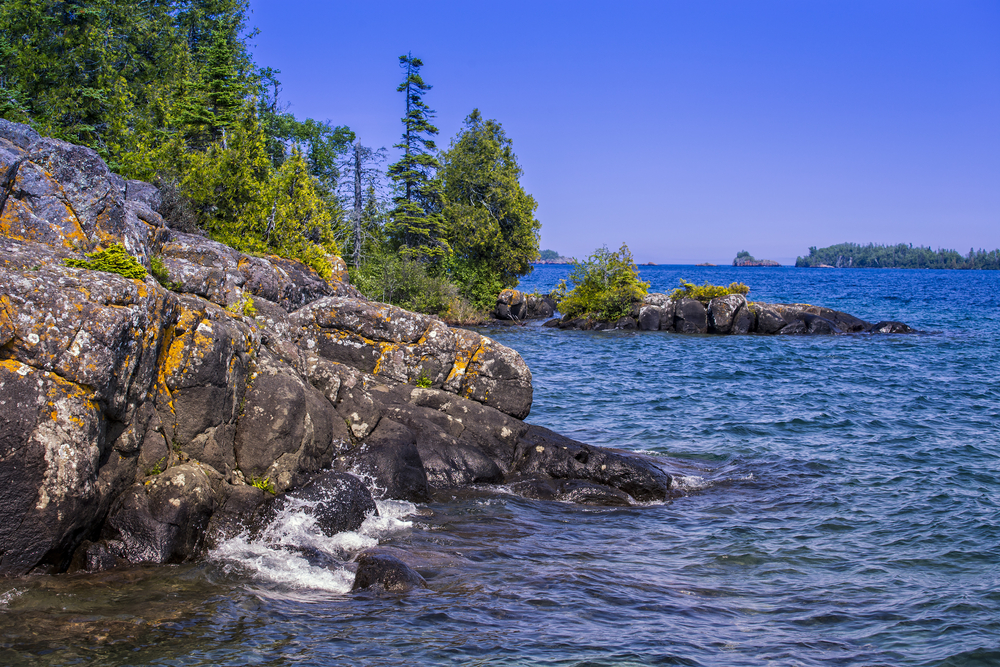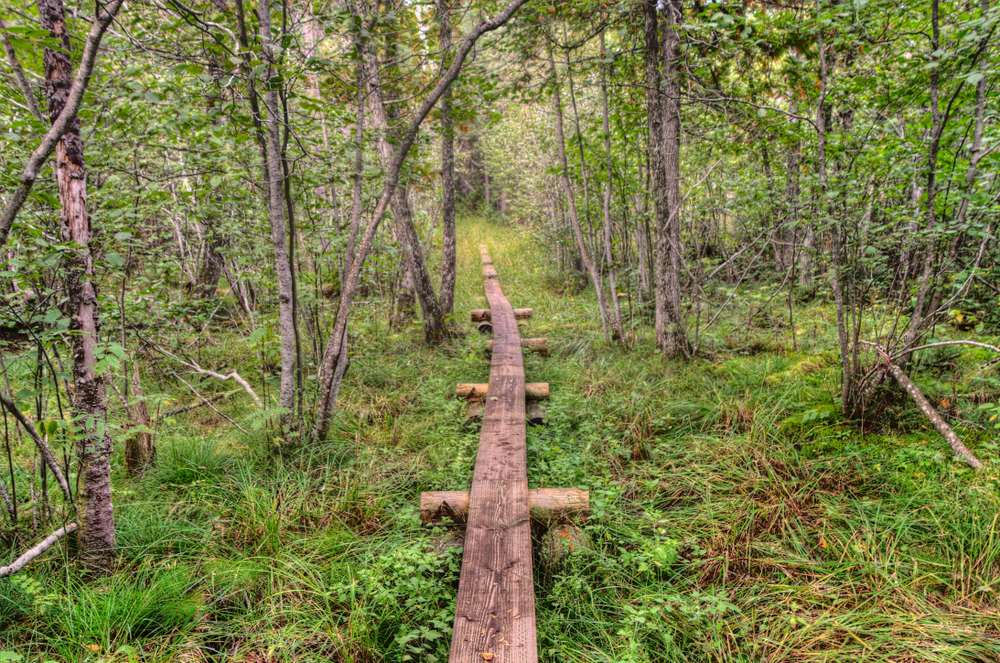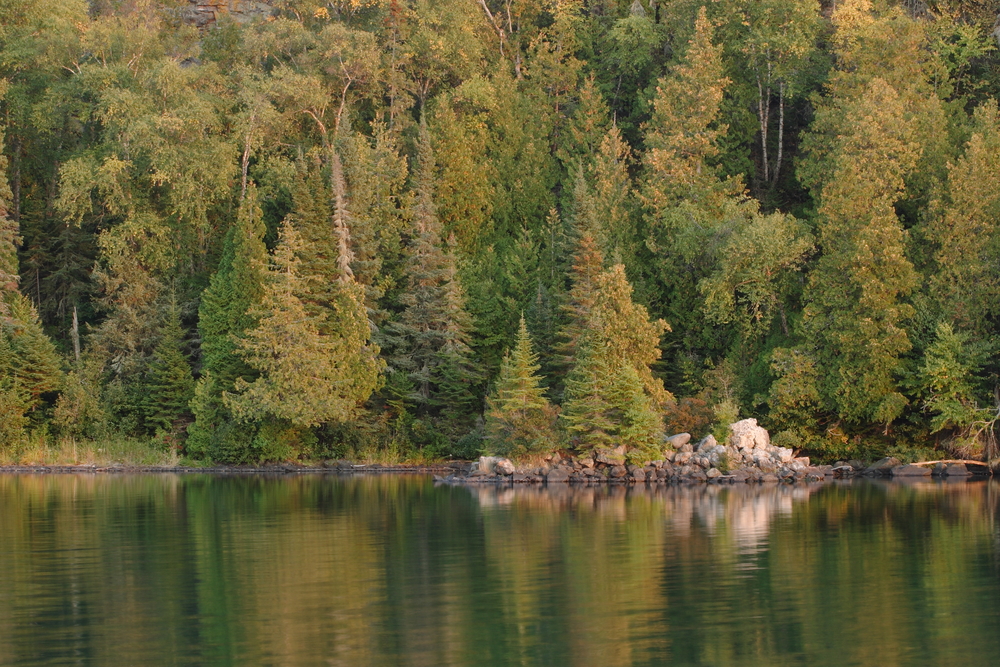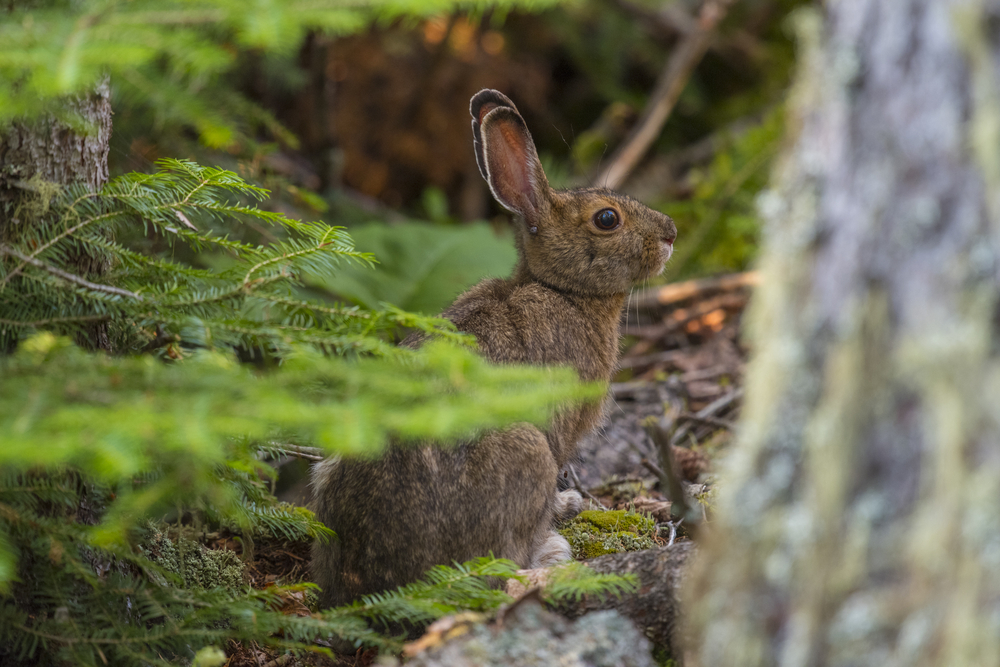Popular
Isle Royale National Park, an isolated wilderness archipelago in Lake Superior, offers a unique glimpse into predator-prey dynamics, showcasing species that have adapted to the challenges of island life within its rugged and pristine landscapes.
Moose – The park’s most iconic inhabitants, Moose roam freely, their populations a key study in the balance of island ecology and predator-prey relationships.
Gray Wolf – Once on the brink of local extinction, Gray Wolves have been reintroduced, playing a crucial role in maintaining the health of the island’s ecosystem.
Red Fox – The Red Fox, smaller and more elusive than wolves, scavenges and hunts across the island, adapting to a variety of habitats within the park.
Beaver – Beavers are ecosystem engineers of Isle Royale, creating ponds and wetlands that benefit a multitude of species by altering the landscape with their dams.
Common Loon – The haunting call of the Common Loon is a quintessential sound of the northwoods, echoing across the park’s inland lakes and coastal waters.
Bald Eagle – With their impressive wingspan and iconic stature, Bald Eagles are a majestic sight, nesting in tall trees and fishing the cold Lake Superior waters.
Canada Goose – Often seen in family groups, Canada Geese frequent the park’s lakeshores and wetlands, their migrations marking the changing seasons at Isle Royale.
Snowshoe Hare – The Snowshoe Hare, with its winter-white fur, is a vital link in the park’s food chain, providing prey for lynx, foxes, and wolves.
River Otter – Sleek and playful, River Otters glide through the park’s waterways, their presence indicative of the clean, unpolluted waters of Isle Royale.
Northern Goshawk – The elusive Northern Goshawk, a formidable bird of prey, hunts through the park’s forests, a testament to the wilderness that defines Isle Royale.
Isle Royale National Park’s wildlife, from the majestic Moose to the secretive Northern Goshawk, illustrates the complexity of island ecosystems, offering visitors a profound connection to the natural world in one of America’s most remote national parks.























































































